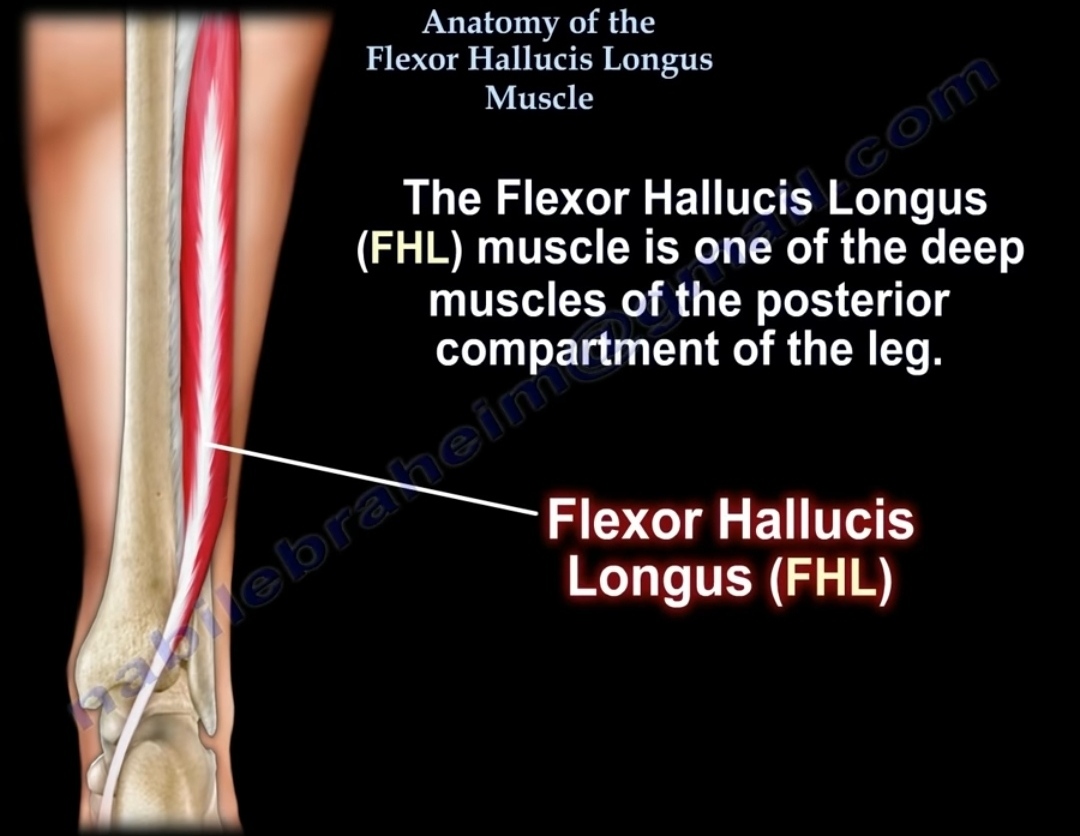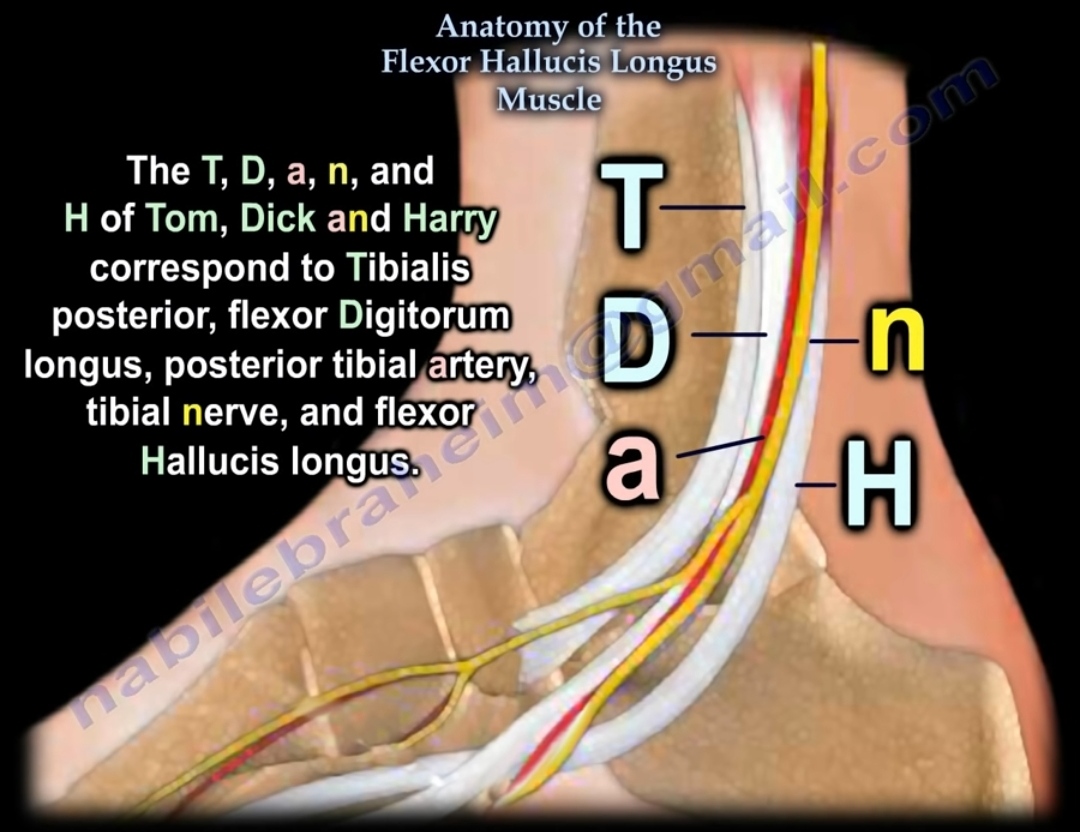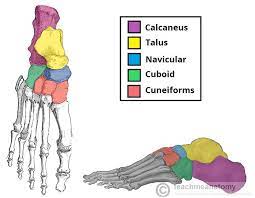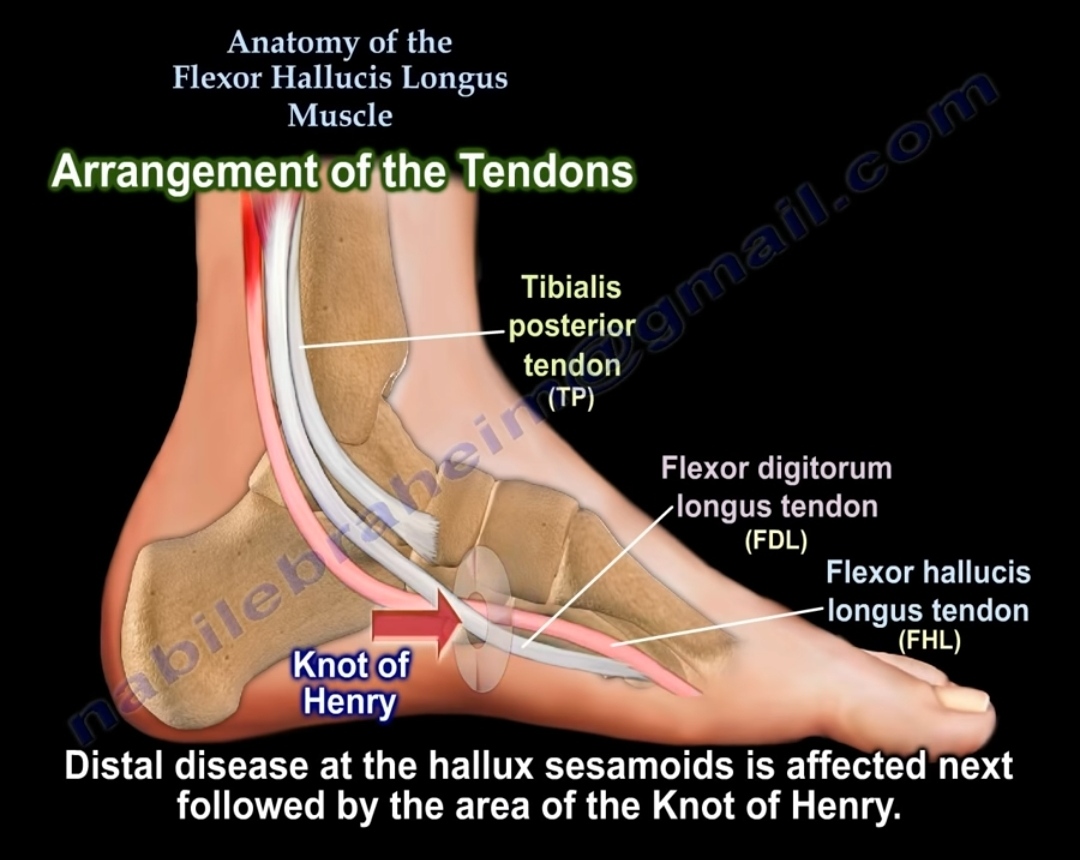We do a lot of functions with our legs such as running, walking, dancing and jogging. The human body is a build-up of bones and muscles. It helps in performing the above-mentioned actions. Flexor Hallucis Longus is one of the muscles which plays an important role in the movement of the toe and helps in the stability of the ankle in the lower position.
Flexor Hallucis Longus is located at the rear part of the leg. It can be referred to as intense muscle. It moves down to the calf muscle and then to the side of the ankle to the foot. The somatic cells begin nearly at the end of the ankle. It is situated at the rock bottom position of the leg. It is the biggest and sturdiest intense muscle. It is situated in the rear part of the leg. It moves down from the back of the leg to the lower two-thirds of the tibia.

The flexor Hallucis Longus in the back of the leg is divided into two parts: the posterior tibial A and the posterior tibial N. The posterior tibial A is an artery situated at the end of the popliteal artery. The femoral artery is carried on with the popliteal artery. The popliteal artery moves blood filled with oxygen from the back part of the leg to the tip of the foot. The popliteal artery is situated between the tibia and the fibula at the lowest point of the triangular muscle, known as the popliteal muscle.
The posterior tibial N is otherwise known as the posterior Tibial Nerve. It belongs to the group of sciatic nerves. It passes through the popliteal fossa. The parts of the flexor Hallucis Longus can be represented in the following letters such as T, D, a,n, and H of Tom, Dick, and Harry. Tibial posterior, flexor digitorium longus, posterior tibial artery, tibial nerve, and flexor hallucis longus are the meanings of the above-mentioned short forms. The posterior tibial nerve gives nerve to the foot and leg tip. These nerves help in giving sensory nerve messages to the brain.

The toe joint has two sesamoid bones. The tibia and fibular bones are like hoisting gears for the foot tendon. The flexor Hallucis Brevis muscle consists of these tendons immersed within them. Sesamoids see to the constraints of the heavyweight in the first toe. The constraints in the metatarsal head are lowered. The flexor hallucis longus tendon is well-guarded by the sesamoid bones. It slips between the two sesamoid bones.
Functions of Flexor Hallucis Longus :
The functions of the Flexor Hallucis longus are as follows:
- It flexes the joints of the big toe.
- It bears the mass of the ankle thus making the foot fixed in a particular position.
- The tibial nerve plays an important role in providing interaction to the flexor hallucis longus muscle.
- It helps the foot to stand on tiptoes for a long time.
Also Read :
1.HTTP – Hypertext Transfer Protocol: Everything You Need To Know.
Flexor Hallucis Brevis Muscle:
The muscle is placed in the interior section of the foot . It is tiny in appearance. It is located in the sole section of the foot. The muscle is situated in the middle of the compact muscle at the leveled-up position. The adductor hallucis and flexor digiti minimi muscle are the members of this muscle in the straight-up position. These muscles belong to the third covering of foot muscles.
The end of the big toe consists of tendons belonging to the middle and sideward muscles of the leg. These muscles meet at a point that develops into sesamoid bones. It is also an aligning point for the tendons.
Functions of Flexor Hallucis Brevis muscle:
The functions of the Flexis Hallucis Brevis muscle are as follows:
- The muscle makes the great toe to be flexible.
- It helps the flexor hallucis longus to lift human feet from the ground.
- The tendon of this muscle provides the great capacity to the toe by providing maximum energy and thrust force.
- The muscle weighs the longitudinal arch which is placed in the middle of the foot. The muscle acts as an archer’s bow between the tip of the toe and seven tarsal bones of the foot.

Flexor Hallucis Longus tendon :
The flexor Hallucis Longus moves down into the bottom of the foot, which is otherwise known as the sole or planetary aspect. The tendon inserts to the tip of the larger toe. Tendons are tough bands of fibrous tissues which tie up the muscle to the bones. The flexor Hallucis Longus tendon is very lengthy in nature.
The tendon is very weak to wear, tear, swelling, and resistance at a particular part of the leg. It is situated at the tail of the ankle. It is located sideways to the Flexor digotrium longus tendon. The flexor digotrium longus tendon is situated at the end of the flexor digotrium longus muscle. It moves from seven to eight cm away from its lower position. It lies in the middle of the muscle known as the tibial muscle, situated at the back of the leg.
The tendon lies in the most lower part in the middle of the ankle. The middle of the ankle is the compartment of the tibia situated in the back part of the leg. The tendon passes through its channel, which is placed between the sustentaculum tali. The arrangement of the tendons rules out behind the impingement of the ankle.
The flexor Hallucis Longus tendon cuts into the flexor digitorium longus tendon .It further crosses deep into the medial part of the foot. The point of a meeting is known as the knot of Henry. This point consists of the fibrous slip connecting the flexor digitorium longus with the flexor hallucis longus. The tendon sheath interacts, allowing for the spreading of inflammation.

The inflammation spreads because of the intersection of the two tendons. The movement of the transaction from the digitorium proximal to the knot of Henry is to correct the tibialis posterior dysfunction. It could also result in the reduction of the function in the big toe.
Flexor Hallucis Longus Tendinopathy:
It is the inflammation that is seen within the tendon of the flexor hallucis Longus muscle. The major cause of this defect is the overworking of the tendon. The overworking results in the minute tears within the tendon. The body responds to it by causing swelling in the tendon. The flexor hallucis tendonitis can usually occur in ballet dancers. This is because of the constant pressure placed on the ankle by the foot and toes. The flexor hallicus Longinus is also prevalently known as dancer’s tendonitis. This is because of the constant occurrence of it in dancers.
The flexor hallicus Longus tendinopathy also occurs in athletes because of their strenuous exercises. People also suffer from damage in the ankle because of its close association to the talus and the ankle joint. The flexor hallicus Longus is also known as Achilles’ foot because of its importance in the movement of the foot. The symptoms of the tendinopathy are as follows:
- The person gets heel pain which is otherwise a pain in the tarsal tunnel.
- There is also pain in the knot of henry.
- There is also inter-sesamoid joint pain.
- There is an irritation due to hypertrophy.
- The thickening of the fibrosis can create pain in the movement of the leg.
- A problem such as arthritis affecting the movement of the individual.
- The individual has a strange walking pattern as a result of pain.
The pain begins slowly on the bony bump present located inside the ankle and along the inside of the foot. The initial signs will disappear in the person. If the person is not safe about the situation and further involves in strenuous activities. It will result in the individual having constant pain.
Treatment for Flexor Hallucis Longus Tendinopathy :
If an individual has constant pain, the person should consult the physiotherapist. Before consulting the physiotherapist, a person can start with their treatment. The person should not give their legs movement. Apply ice to the inside of the ankle. The ice can be crushed and placed inside a damp cloth. A bag of frozen peas can also be a substitute for the ice. These are used to relax the swollenness. The process of treatment is done for 15 to 20 minutes. This should be done for a couple of hours at various time intervals.
The treatment of the flexor hallicus Longus tendinopathy under the guidance of the physiotherapist is as follows:
- Electropathy-It consists of treating pain due to fractures, arthritis, inflammation, muscle weakness or loss, and depression. It is a pain relief treatment. It also treats situations such as physiochemical and muscle stimulation. The process consists of sending current signals. These signals interfere with the nerve signals in the brain to ease the pain of the patient. The electrochemical process consists of introducing heat in the deeper tissues, which can change or reduce the pain in the muscle tissues.
- Hydrotherapy-This treatment uses water to decrease pain, develop strength, flexibility, and a higher point of confidence. Water acts as a support to reduce inflammation, increase blood flow. It consists of strengthening and stretching exercises along with water. The individuals acquire resistance during the water treatments. It will help them in working against their pain in the body.
Exercises for Flexor Hallucis Longus:
The physiotherapist advises the patient to practice exercise which will help in strengthening the muscles. The exercises are as follows:
- Resisted plantar flexion of the big toe- Place a stretchable thin ribbon around the big toe and pull the toe by balancing with the heel upwards. Then move the toe downwards without making the toe touch the ground.
- Marble-pickup – Pick up the marbles with your toes and put them in the cup. Do it with the other toe too.
- Towel scrunch with a heel lift-off – The person should be in a sitting position. Then the person should try to crumble the towel with their toe.
- Towel scrunch with a heel lift off-The person should be in a standing position. Then the person should try to crumble the towel with their cloth. Along with it, the person should lift the knee in a hopping position.
- Edge hovers -It consists of standing with one leg in a hopping position while in the other leg, the person should stand using two fingers of the toes.
Other exercises will be suggested to the patient based on how your flexor hallicus Longus is affected. Sometimes physiotherapy is enough to support the situation. If there is surgery, the doctor will advise the surgery option if it is the final solution for the patient. It consists of the medical prescriptions and the patient taking rest for a longer period of time.
Diagnosis for Flexor Hallicus Longus :
The steps for diagnosis are as follows:
- The doctor will examine the wound to see whether the flexor hallucis Longus tension is maintained.
- The doctor will examine the abnormalities by feeling and touching the leg to understand the intensity of the pain.
- The diagnosis for flexor Hallucis longus consists of Magnetic Resonance Images. It is otherwise known as MRI scans. It will help the doctor in helping the patient with further treatments. It happens after the initial diagnosis of the doctor.
Achille’s tendinopathy also plays an important role in the diagnosis of the situation. This is because the effect in the heels is associated with the flexor hallucis Longus. The disease is caused by a lack of care towards the past wounds. People suffering from obesity, diabetes, high blood pressure have a high risk in this situation.
The situation of the flexor hallicus Longus is not permanent. It can be cured in the initial state without any further issues. The person from this issue should make sure not to stress themselves and give their legs a large rest. Based on the individual approach to it, the person can get away from the situation fast.


Leave a Comment